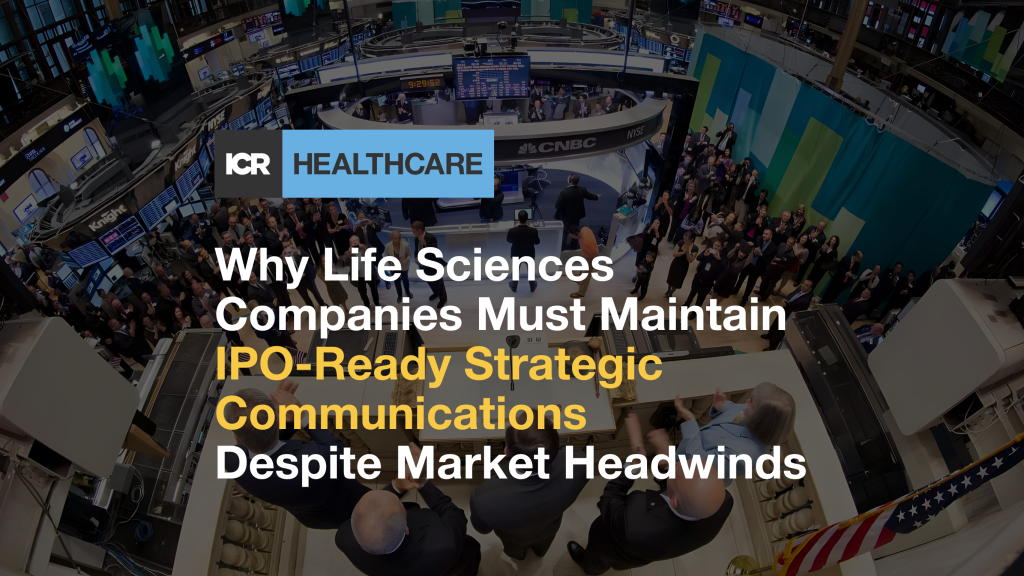The Pittsburgh Steelers won four Superbowls in the 1970s — a legendary run.
My Uncle was a diehard Steelers fan in the 1970s and 1980s.
He had season tickets, fabricated an Iron City Beer “kegerator” in his basement, and bet on the outcomes of the games.
Sports betting is commonplace today. But back in the 1970s in Pennsylvania, it was illegal. You’d interact with some shady bookies to make a sports bet.
After their fourth championship in the 1979 season, “Mean” Joe Green famously rallied the team to win “one for the thumb” during the 1980 season.
But they missed the payoffs, and it took the Steelers another 25 years to finally earn “one on the thumb”.
Sometime during the dry spell, I asked my Uncle about his betting success in the glory days of the 1970s and the dog days of the Mark Malone and Bubby Brister era, and he said this:
I never bet against the Steelers. But sometimes, I don’t bet.
Now, substitute the word market for Steelers.
It’s wise to never bet against the market. But it’s costly when you sometimes don’t invest.
Investing isn’t Gambling
Long-term stock market investing isn’t gambling.
Yet, the stock market enables both investing and gambling.
Gambling on the market is easier than ever; just whip out your phone and tap away.
- Place bets on company earnings wins.
- Bet for or against any ‘team’ in the market.
- Make complex investments (parlays) with options or leverage.
Investing in the market is easier than ever, too.
- Invest in “the market” by owning market ETFs (VOO or SPY, for example) or mutual funds.
- Invest in businesses, buy individual stocks, and hold them long-term.
But since the market is always an “uncertain” place in the short run, more frequent investment decisions lower your chances of success.
The best way to improve your returns is to extend your investment horizon and keep your hands off.
Long-Term Market Returns are More Certain
I first came across the S&P 500 Best & Worst Returns chart on the A Wealth Common Sense blog by Ben Carlson.
I think about this chart frequently.
It shows the best and worst returns for each period going back to 1926.
I recreated the chart through 2024 using S&P 500 data from Slick Charts, which includes dividends.
The one-year columns are the best and worst one-year returns from 1926 through 2024. The three-year period and longer are rolling averages.
The purpose of this chart is to show that as your time horizon increases, returns become less uncertain.
One-year returns swing wildly. But longer-term returns are more stable.
Some takeaways. Over the last 99 years:
- Stocks have not lost money in any 10-year period (before inflation) and almost for all seven-year periods.
- The S&P 500’s worst 20-year investment period was a 6.46% increase (1928-1948).
- The best 20-year return period was an 18.59% increase (1979-1999).
- The worst-performing 30-year period was 10.75% (1955-1985). It never dipped below 10% in 99 years!
- The worst-performing 15-year period was 4.66% (1929-1943), but only 6.09% since 1975.
As you expand your investment horizon beyond 30 years, your returns will likely be greater than 10% if you invest in the market index and do nothing else.
However, in the short term, the market is always uncertain.
Always Be Investing
Far more money has been lost by investors in preparing for corrections, or anticipating corrections, than has been lost in the corrections themselves. — Peter Lynch, Worth Magazine 1995.
Our best defense against short-term volatility is an age-appropriate diversified portfolio of U.S. stocks, international stocks, and bonds.
If your portfolio is aligned with your investment horizon and objectives, there is no need to react to the market.
When the market falls, the media and influencers are quick to call it a crash or uncertainty.
But market fluctuations are normal. What’s abnormal is the market continuously rising without an occasional pullback.
Though tempting to pause, consistently invest new funds into your portfolio via your employer’s 401(k) contributions or income surplus investments into an IRA or taxable account.
Automate your investing by dollar cost averaging your monthly income surplus to avoid behavior mistakes.
When the market falls, you’ll buy at a discount. If the market is higher, you’ll buy fewer shares.
Don’t sell when you think the market is too hot. You don’t know.
Yet, we should still prepare for painful markets, just not at the moment they become painful.
Prepare for the Next Crisis When Times are Good
What we’re seeing in the stock market in early 2025 is not uncertainty. The market is behaving normally.
Economic uncertainty? Yes.
The market is doing its thing, figuring out how domestic policy and trade disruption will affect corporate earnings.
It’s the market’s job to react, not yours.
When the market makes you uncomfortable, focus on what you can control: fees, tax savings, savings rate, good financial habits, and investment behavior.
But if you’re contemplating portfolio or financial modifications when the market falls like it did in Q1 2025, you’re too late.
The time to prepare for uncertainty is when times are good.
How you prepare should align with — you guessed it — your age, risk tolerance, and investment objectives.
When the stock market is reaching new highs (like in 2023 and 2024):
- Ensure your asset allocation is appropriate.
- Rebalance once annually for proper alignment.
- Avoid risky investments that you know are vulnerable in a downturn.
- Have sufficient cash on hand for spending and a buffer for the unexpected.
Thankfully, investing in the long-term success of the stock market is nothing like betting on an American football game.
Long-term investments have a very high probability of a win if you’re invested in the success of the U.S. stock market.
My Uncle Jim was wise not to bet as often on the Steelers in the 1980s when the franchise had its challenges.
But time and again, investing in challenging markets has proven to be an opportunity to strengthen long-term wealth.
Featured image generated via DALL-E.
Favorite tools and investment services (Sponsored):
Boldin — Spreadsheets are insufficient. Build financial confidence. (review)
Morningstar Investor — Trusted fund and ETF research + portfolio tracking. 7-day free trial.
Sure Dividend — Research dividend stocks with free downloads (review):
Fundrise — Simple real estate and venture capital investing for as little as $10. (review)
Publisher: Source link










